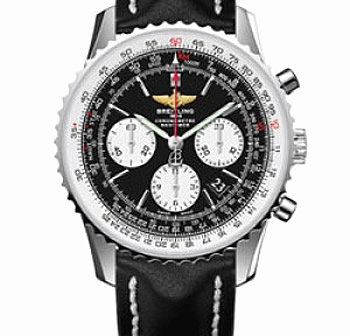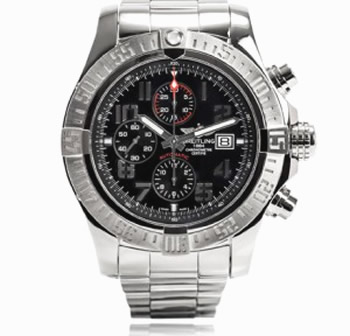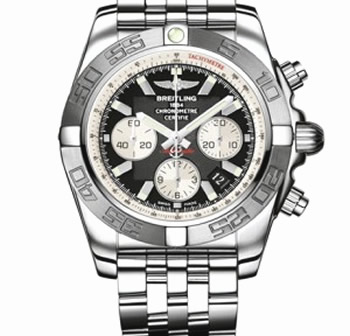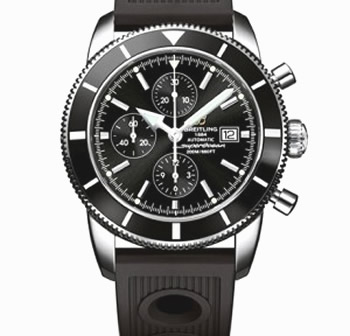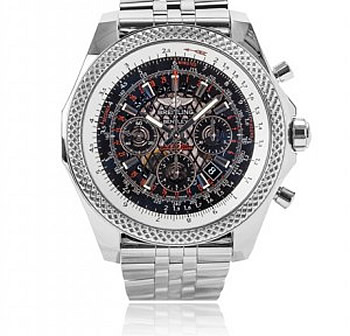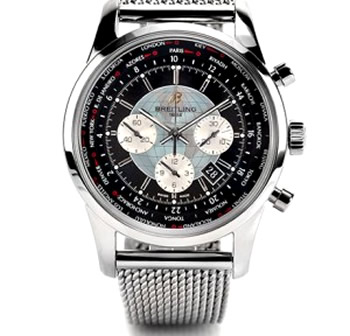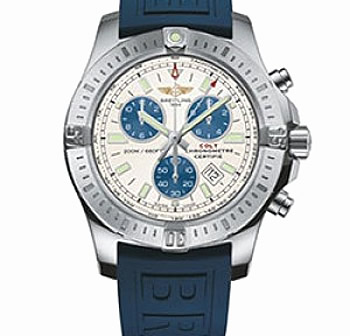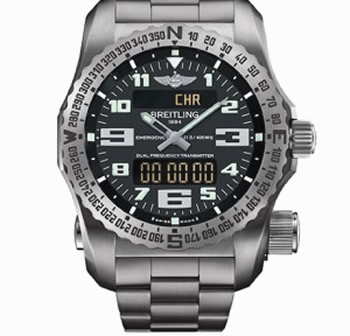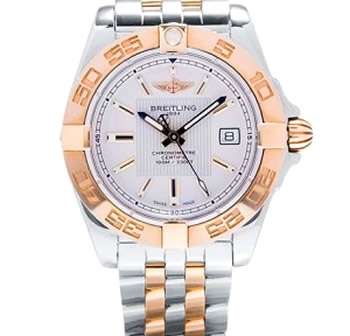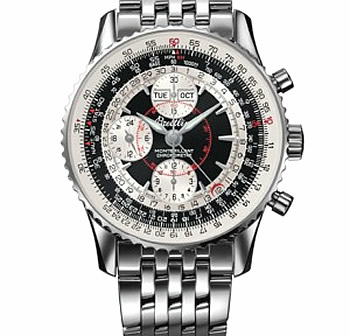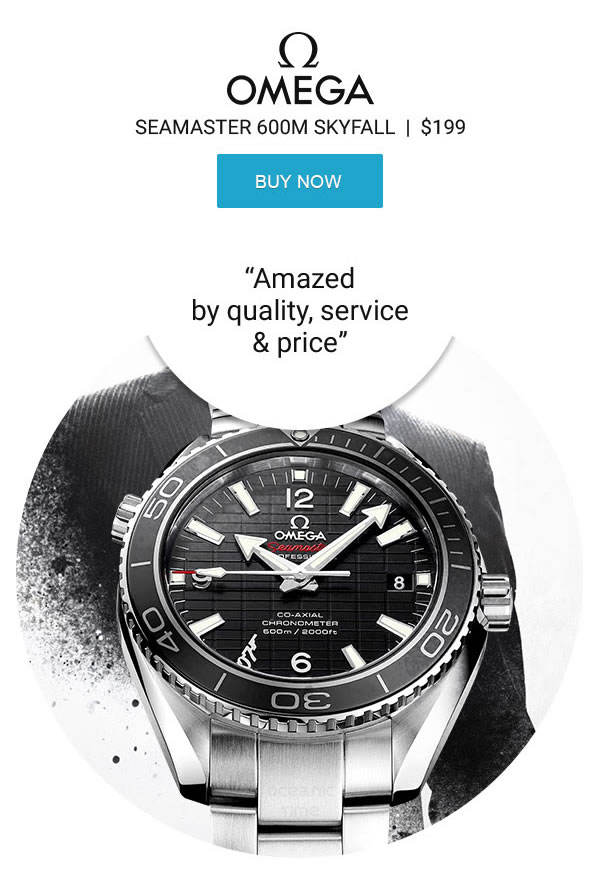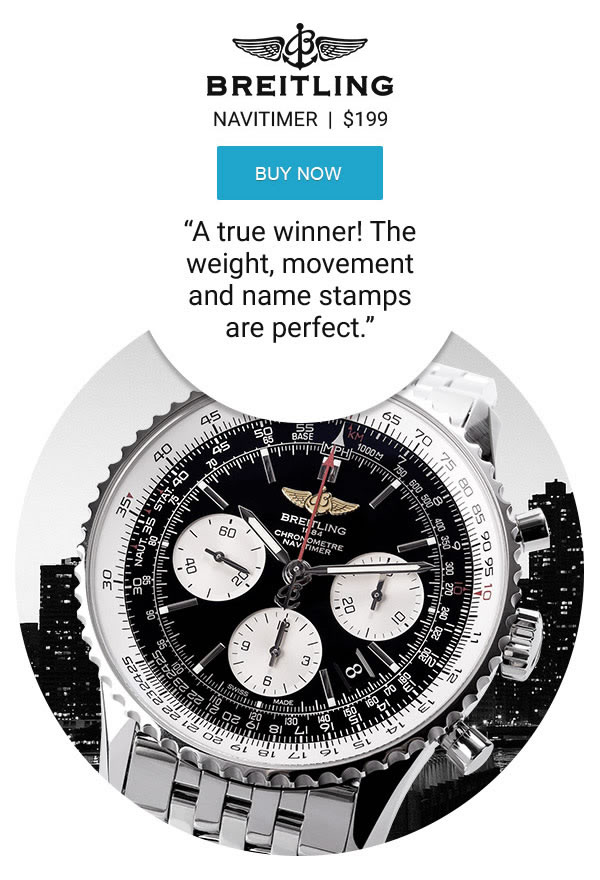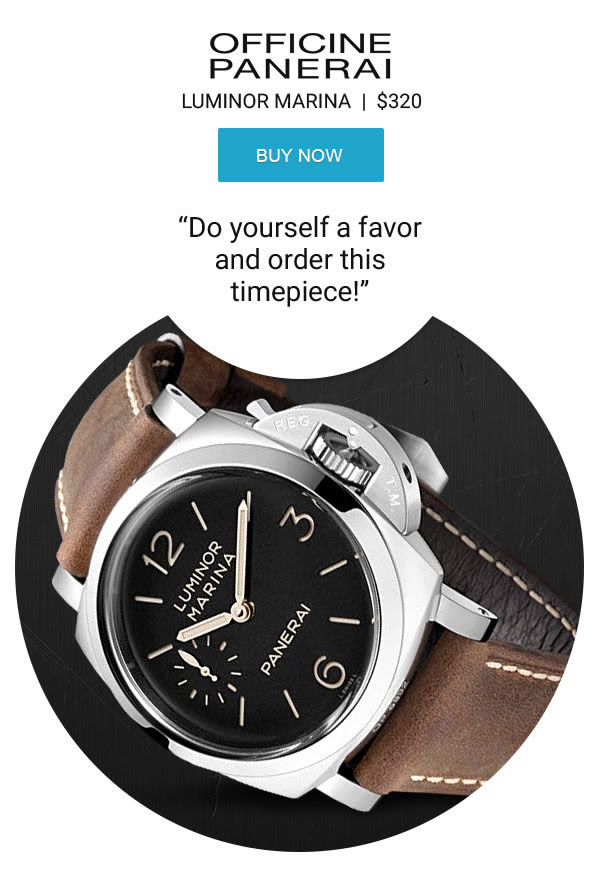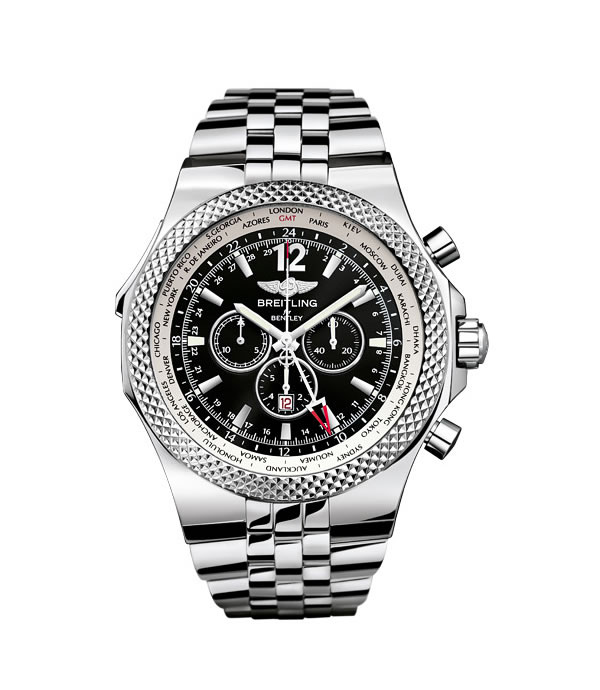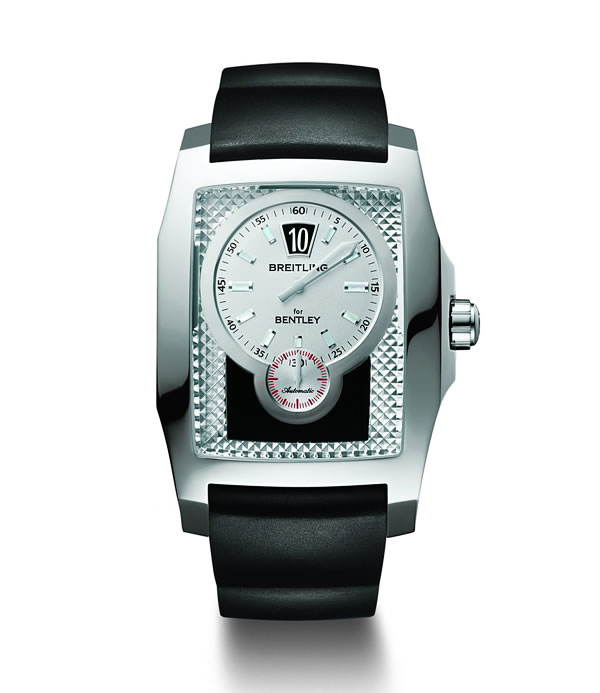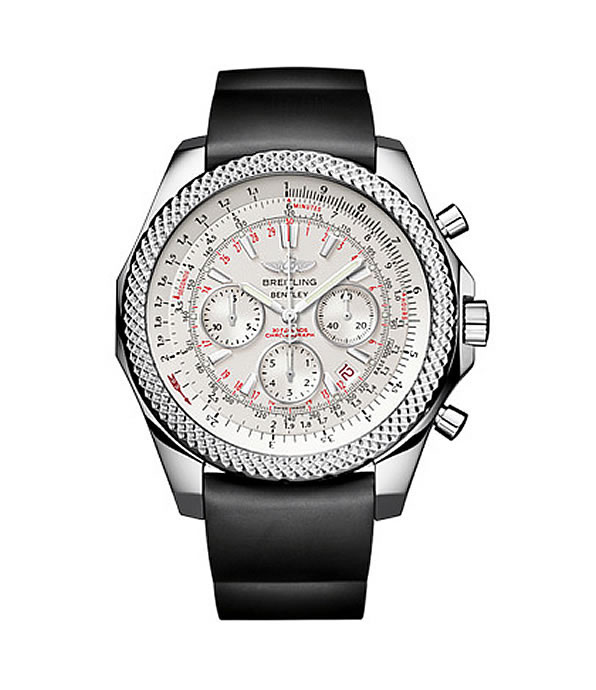Breitling Transocean Chronograph Replicas

Breitling Transocean Chronograph Unitime Copies
In 2012, Breitling followed the path of Unitime which debuted in 1951. From a functional and technical POV, the Transocean Chronograph Unitime was many years ahead of the Unitime. The changes began with the manufacture chrono which was self winding. Then the mechanism also had improvements. The indicators can now be adjusted and set by means of the crown. You can rotate the new reference city to 12 when you reach your destination. This activates the central hour hand, the 24 hour ring and the date display to reset. The seconds and minutes hands remain unaffected. The engineers of Breitling also took into consideration DST or summer time and they added little sun symbols that could enable the user to make 1-hour corrections. The city ring had the cities’ names in many different languages. The case is 46mm in diameter and is water resistant to 100m. It’s also COSC certified just like all watches made by Breitling.
The name of this watch was not inspired by the navy. The Breitling Navitimer which debuted in 1952 and it was created to help pilots coordinate navigation and time through its calculating functions. It was powered by the Caliber Venus 178 and it’s pretty much a personal on-board instrument. It had a slide rule built in to enable aviators to divide and multiply easily, calculate averages, convert nautical miles to land miles, compute the fuel consumption, distances during landing and ascent as well as average gain of altitude. It has undergone many modifications since its inception and most of these changes were focused on the case and calibers. However its circular slide rule remains part of the Navitimer and has never been tampered with.
Transocean Unitime Replicas
Breitling showed its ability like ROLEX to create diverse watches with the Unitime which was introduced in 1951. This timepiece had a world time display in lieu of a chrono and the grooved bezel could be turned to reset the city ring which is found under the crystal. You could see the reference city for the current timezone at 12, the hours worldwide in the 24 hour ring, the local time zone in the central hands and the date in that timezone is shown at 3. The movement and it's clones, Caliber 711 was supplied by Felsa and it was self winding by means of a bidirectional rotor.
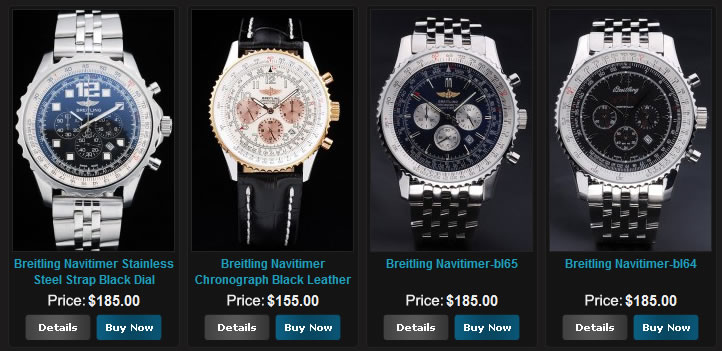
Breitling Chronograph with Separate Push-Piece back in 1915!
Wristwatches from the earlier times were designed after pocket watches. They had round cases, the winding crown was positioned at 12 o’clock and to hold the strap they had soldered-on lugs. The push-piece of the chrono which started, stopped and reset returned the chrono’s hands to 0 and it was oftentimes built-in into the crown. Top Ferrari Chronograhp replicas. During the 1910’s Breitling’s HQ was in La Chaux de Fonds and it was the one of the pioneering companies to divide the winding crown and the push piece of the chronograph as far as 1915. The crown moved to 3 o’clock (90 degrees to the right) and the push piece was on top. In 1934, Breitling introduced a second push piece to enable the elapsed time measurement to stop and resume afterwards.
Breitling introduced Quadra Chronographs in 1946
- Breitling’s replica chronographs, as with any chrono for that matter, appealed mostly to men. However, the Quadra is an exception. It was introduced in 1946 and it was pretty small at 26mm x 26mm (case) and features the Valjoux Caliber 69 DX (hand wound) from 1936. It’s the company (Valjoux) very first small caliber, it measured 23.35mm in diameter and had a height of 5.65mm. It was fitted with a classic column wheel which directed the start and stop functions and there were push pieces close to the crown. There’s a central tachymeter scale and pulsometer on the dial. There were two versions square and round to better suit women’s tastes. About 3,964 calibers were produced (Caliber 69 DX) before it stopped production in 1966.
